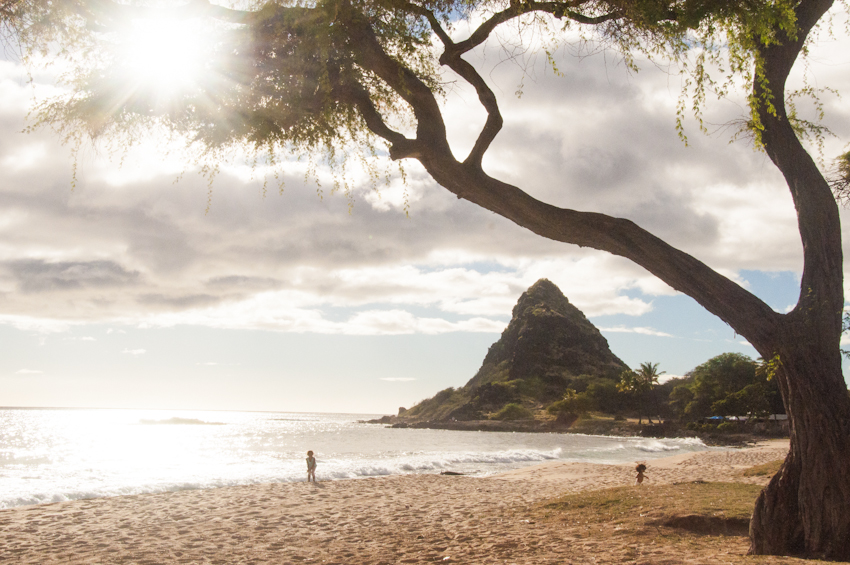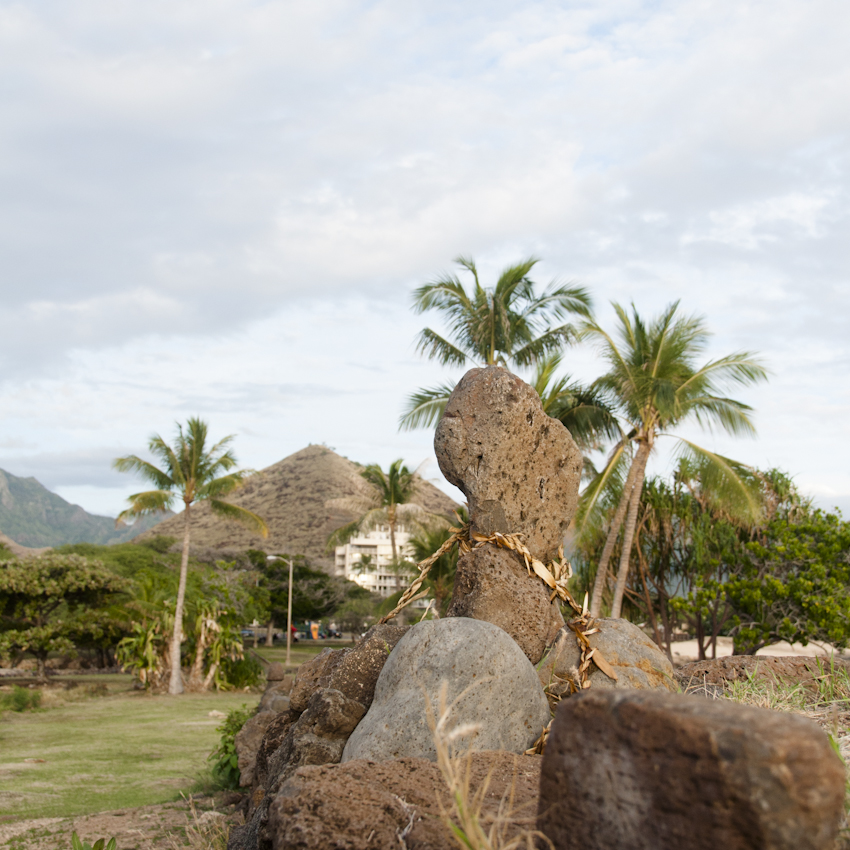Kahuna Bodywork & Kahuna Sciences Training – An Ancient Hawaiian tradition?
Researching the internet for the history of Kahuna Bodywork brings up some interesting timelines, romantic explanations of something so great we are lost for words. Is its history whispered through the winds of time and only a few can know?
You have heard Kahuna Bodywork is ‘yet another massage modality’? You have read it has been around in Hawaii for thousands of years and has been performed in temples? There are many names for it and there are many schools?
Kahu Abraham Kawai’i, the Kahuna who developed this style of bodywork in the 80s, came to visit and teach in Australia for the first time in March 1998, at the old Mount Warning Lodge. Then the ‘massage’ was just part of Kahuna training, one of the mediums Kahu used to teach people Kahuna perspectives.
Primarily he wanted to teach people to broaden their understanding, to stretch their conceptual boundaries, to align body movement, breath and heartbeat. Master skills achievable by learning respect, dignity, humbleness, posture, sensitivity, by saying ‘yes’ to everything life offers, good, bad or ugly.
The Kahuna gave us Ancient Universal Principles to deal with any life situation, where only one thing is essential: to recognise the Principle at work, above all, the ‘Principle of Family’.
I was attending this workshop at Mt. Warning in 1989, and without knowing it then, started to walk the Sacred Path of the Kahuna.
In my 16 years of training at Kahu’s house in Hawai’i. I witnessed the development of what is now called Kahuna Bodywork. It is hard for people to imagine that this magical massage has been ‘invented’ and conceived during our lifetime, not thousands of years ago.
The only thing Ancient about it is the fact that its source is Ancient Principle. The only thing that’s Hawaiian about it is that it has been invented by one of the greatest Hawaiian Kahuna, and that it uses concepts and moves of Hawaiian martial art.
Sacred temple bodywork? Yes, a Kahuna student learns to recognise the body as a temple, a sacred place where one can touch eternity, where the spirit is prepared to fly.
Kahu left this realm in 2004, but all sanctioned teachers today still had years of training with him. There has not been another Kahuna to teach this work, and there will most likely never be, as no native Hawaiian has studied with Kahu to this extent.
I was permitted to teach Ka’aleleau in 1991, and I was granted permission to teach Kahuna Bodywork in 2001 as the first certified master, after 12 years of intense training.
Kahu never wanted his students to take on Hawaiian culture or customs, but encouraged them to recognise within themselves the wisdom of their own ancestors via Kahuna navigator exercises called Ka’aleleau. If you want to Kahuna bodywork other people you have to understand, manage and expand upon your own space of existence first. Yes, there have been Kahuna in Ancient times to advise, initiate and heal Hawaiian royalty, but this has been individual and according to that Kahuna’s skill and profession.
Kahuna Bodywork is a rite of passage, a way to help clients understand themselves and change their lives. Beyond ‘yummy massage’ it is profound work, where clients get moved to take responsibility for their own physical, emotional and spiritual wellbeing by increasing their range of movement. It challenges you to journey to your centre, while possibly getting catapulted into that place where spirits meet.
Out of humbleness a practitioner will never promise a certain outcome of a session. Indeed, this work cannot be done with intent. All one gets is ‘the next’ necessary to move on, regardless of what the bodyworker or the client think what this next ‘should’ be.
“It is when you are the giver, the receiver and that which is given in One”.
The Australian College of Kahuna Sciences is the only school sanctioned by Kahu Abraham Kawai’i.
Here the teaching lineage of Kahu Abraham Kawai’i is respectfully maintained.
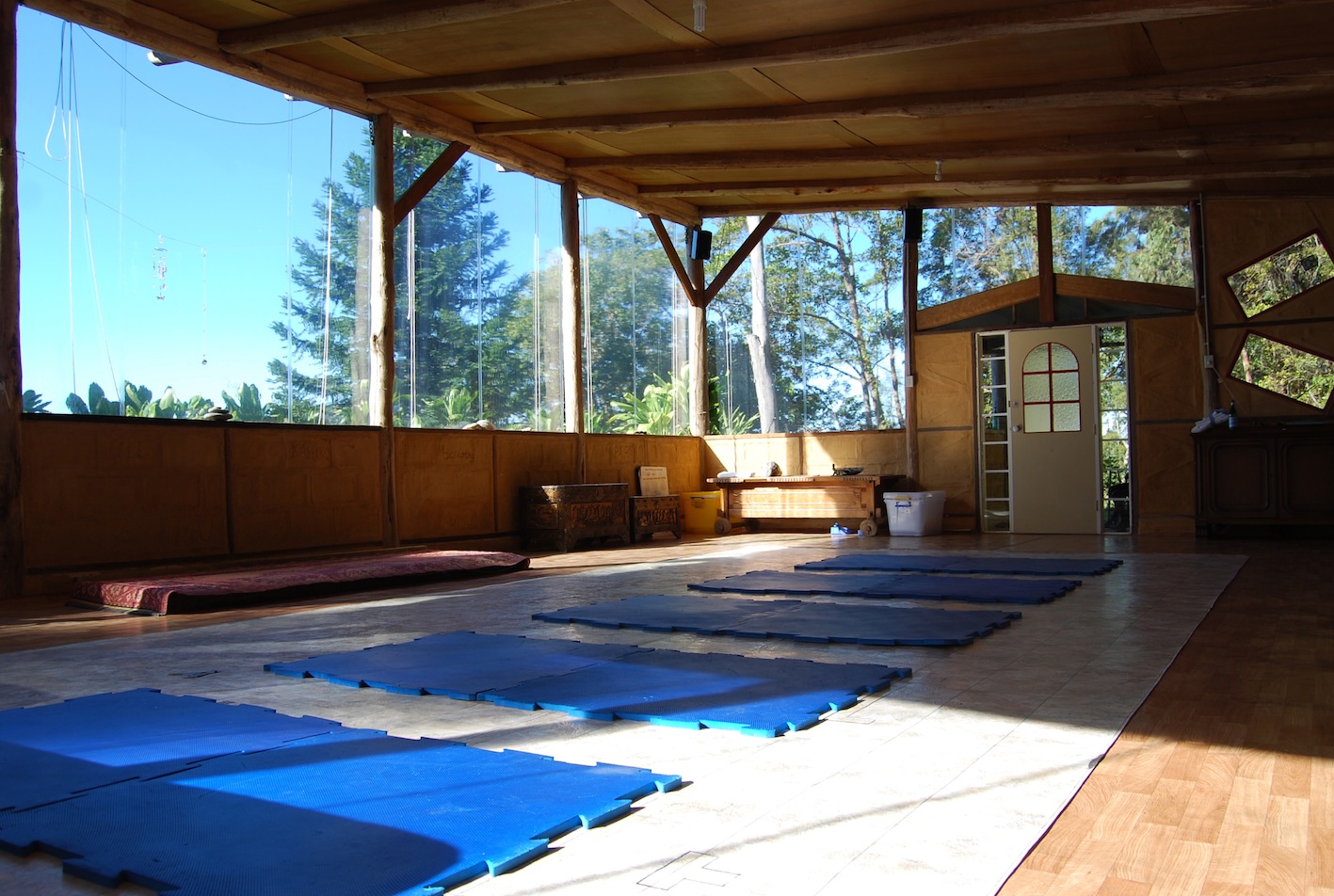
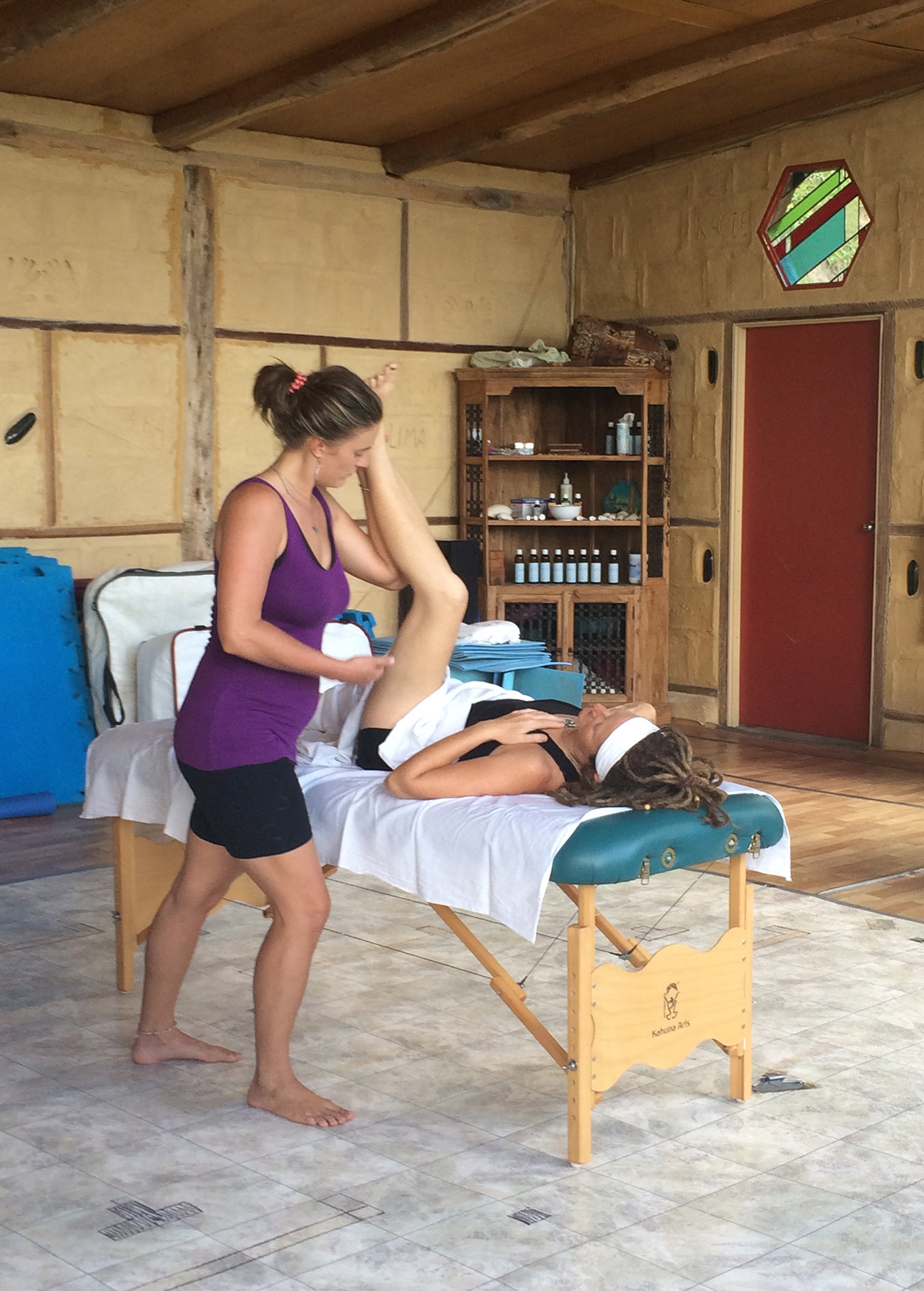
The History of Kahuna Bodywork
Kahuna Bodywork/massage is adapted from a style of bodywork that in ancient times was reserved for Hawaiian Royalty. Performed only by the Kahuna, this has been a ‘rite of passage’ and an initiation into greater responsibilities.
The arrival of Western people and missionaries however, introduced laws in 1920 which forbid ancient native Hawaiian practices, dances, chants, and language. This included the ancient initiations in the temples, because only Christian churches were acceptable. The Kahuna, a highly trained expert in one or more fields, was deemed to be a sorcerer.
Until the United States federal government passed the Native American Religious Freedoms Act in 1979, the Hawaiian people were forbidden all their cultural practices.
“‘Section 1034: Sorcery — Penalty, Any person who shall attempt the cure of another by the practice of sorcery, witchcraft, ananna (sic), hoopiopio, hoounauna, or hoomanamana, or other superstitious or deceitful methods, shall, upon conviction thereof, be fined in a sum not less than one hundred dollars or be imprisoned not to exceed six months at hard labor.’
There is also another section of the law which classes the kahuna with bunco men and defines him as one posing as a kahuna, taking money under pretense of having magical power, or admitting he is a kahuna. For this the fine went up to a thousand dollars and a year in prison.” — Long, 1948
The training, if it occurred at all, had to happen secretly within the family. Kahu Abraham Kawai’i for example, was trained in several Kahuna skills within his culture, and eventually by retrieving knowledge from ancestral memory and applying ancient principles to modern life, was able to create Kahuna Bodywork suitable for the Western World.
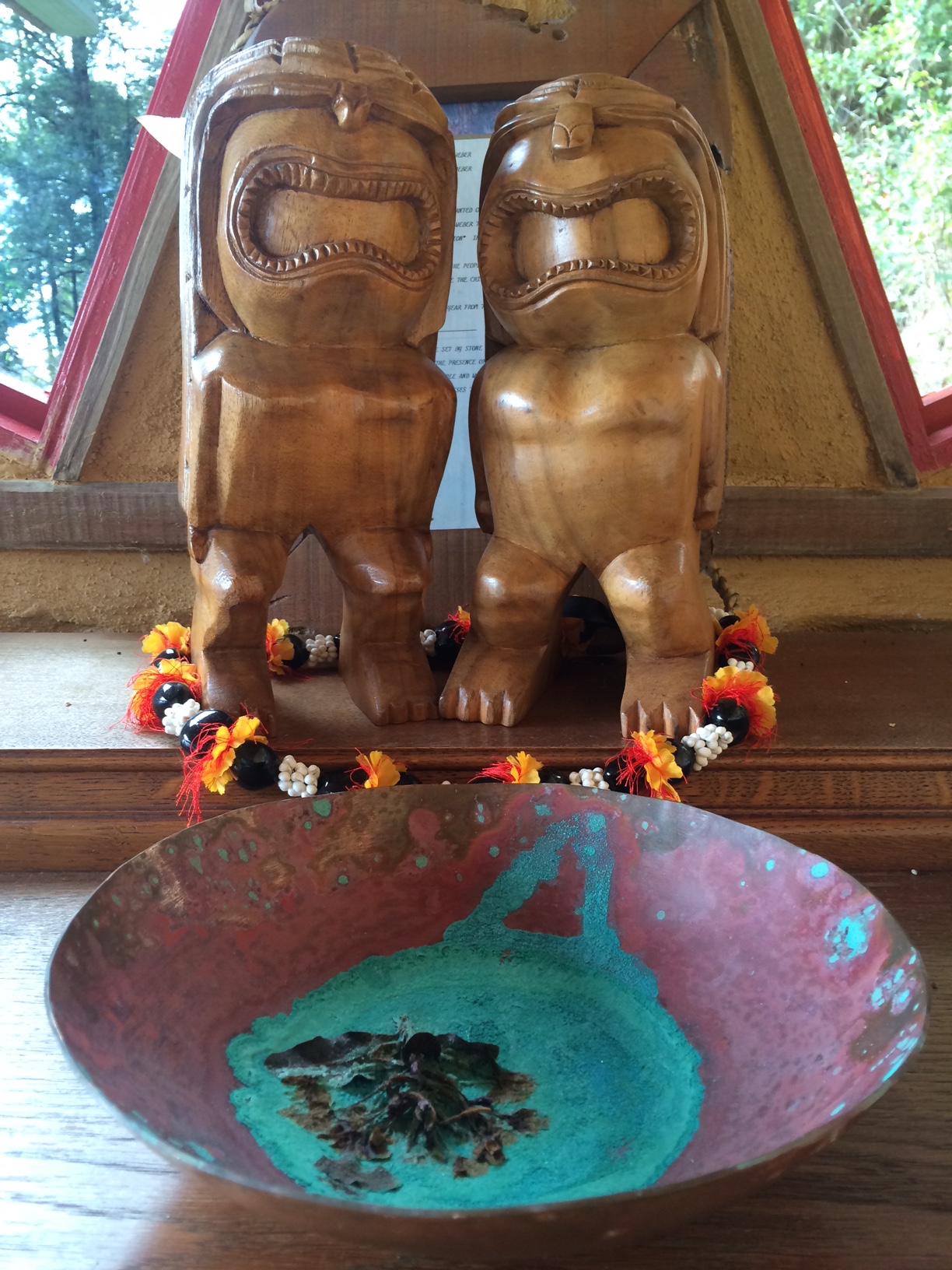
What is Kahuna Bodywork / Massage?
Kahuna Bodywork comes from Hawaii, but by Principle does not teach something Hawaiian. Instead it teaches people to access their own inherited genetic wisdom. It shows students how to access pathways to physically, mentally or spiritually unexplored areas within the Self. The result of these explorations is multilevel and can be subtle or foundationally life changing, for both the giver and the receiver of the bodywork.
Kahuna Bodywork is not a form of massage. Rather, it works like a dynamic re-patterning process on body, mind and spirit that gives clients the opportunity to realign themselves and change old non-contributing patterns within their bodies. Apart from the possible therapeutic effect the major benefit of Kahuna Bodywork lies in the client’s greater sensitivity and understanding of his/her own body.
This bodywork requires great sensitivity, together with wisdom and experience of physical human movement. All bodywork techniques and moves are applied with Ki energy through the bodyworker’s own body movement.
Kahuna Bodywork is based on movement. Compassion, and the required motion, positioning, leverage, posture, and focus in performance of bodywork is taught through an ancient precisely patterned movement, called Ka’alele au. By constantly refining his/her own Ka’alele au movements, the student learns to design technique sequences appropriate for the individual.
The first aim for Kahuna Bodywork is to use stroking techniques to relax and reassure the client. Once relaxation is achieved, specific deeper work can be commenced. It is important that a relaxed and pain-free state is maintained throughout the entire session. (Pain free does of course not mean ‘without sensation’.) Deeper work may involve specific Ka’alele au movement techniques, and deep point pressure using leverage and focus to release muscles, tendons, and ligaments, and joint movement techniques.
Stroke movements and specific patterns are initiated through the Ka’alele aumovement, encouraging improved cell communication, and synchronisation of the heart beat and breath in the client almost immediately. To achieve this state of communication, the bodyworker has to work entirely without intent, which makes this work very different to other modalities in its foundation.
A Kahuna Evolution Bodyworker (Advanced Diploma level in Australia) understands the ancient concept of movement induced acceleration of molecular communication, and is able to assist in advancing and strengthening the perception of Self.
It is interesting to note that many websites claim that this Kahuna Bodywork has been around for thousands of years, or has been performed in ancient Hawaiian temples. The creation and timeline of this intriguing form of bodywork is foundationally different!
When a Kahuna speaks about the temple, where would this be?
The Western mind adopts all information literally, and by repeating it out of context the history of Kahuna Bodywork gets ever more diffused, as are the skills and the training.
Anybody interested in learning Kahuna Bodywork should study with someone who has trained with Kahu Abraham Kawai’i over many years and is a sanctioned and certified teacher. This way the training pathways will be preserved and can further develop.
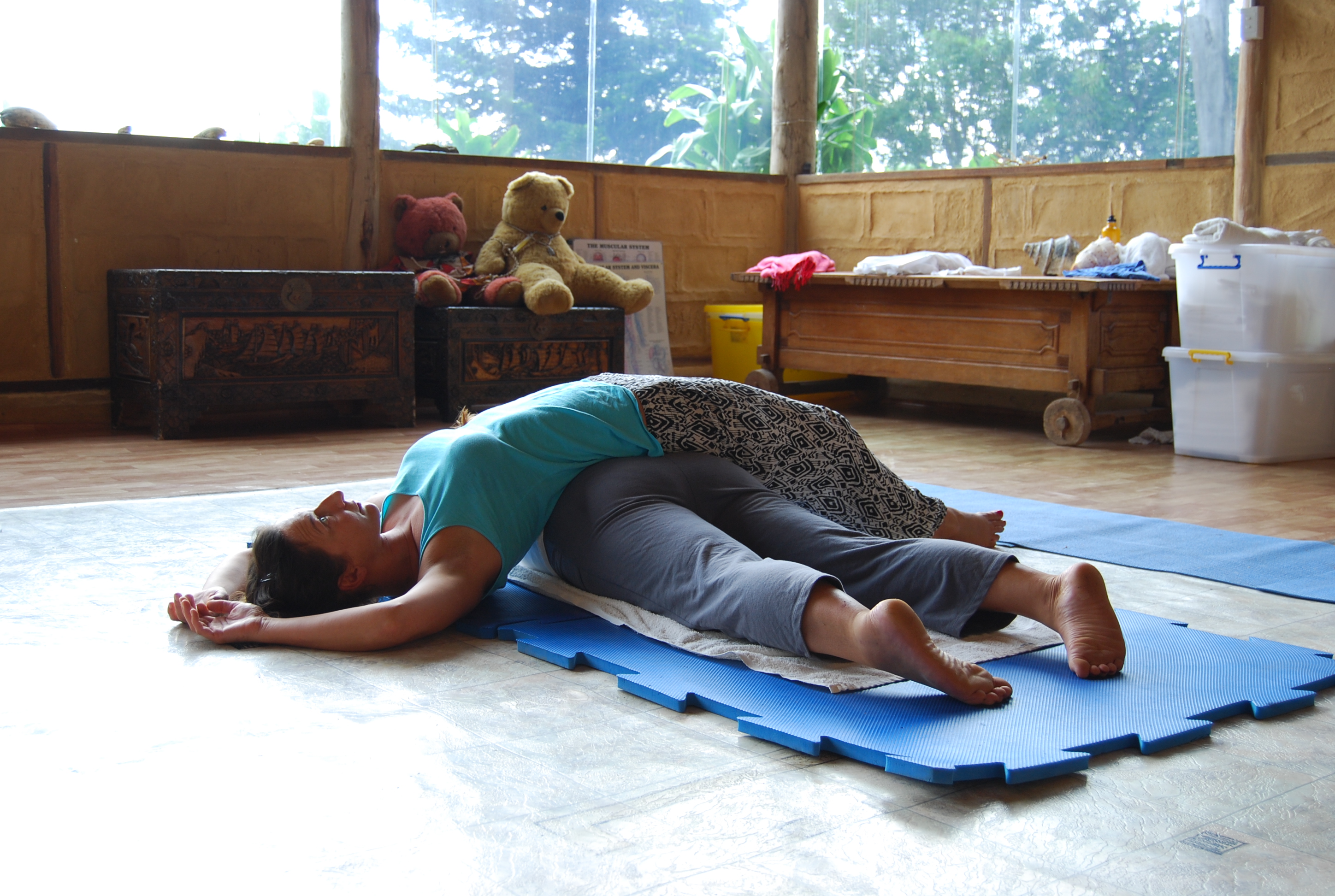
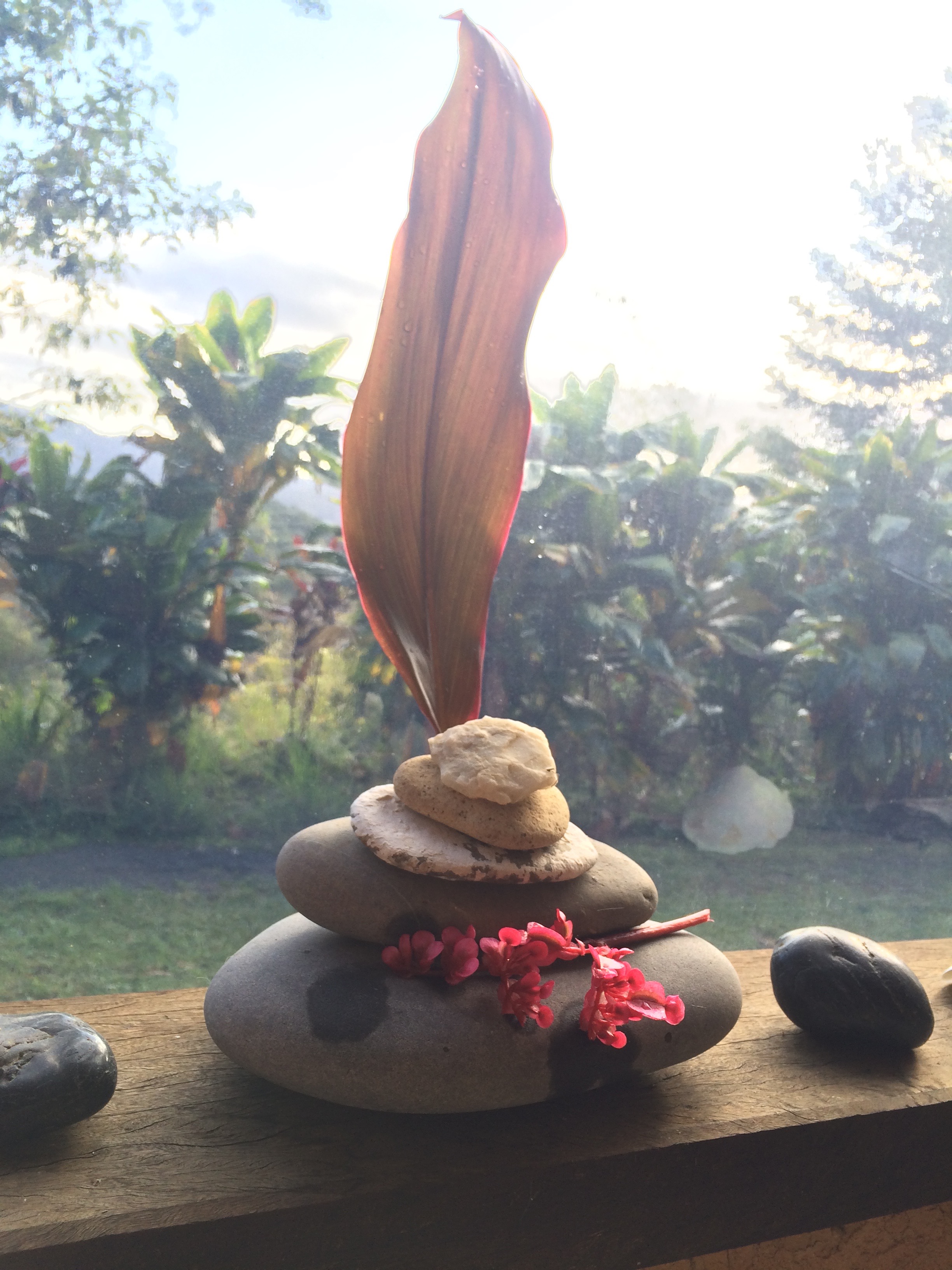
The Kahuna
The first Hawaiians (Kanaka Maoli) arrived after traveling in great double hulled ocean going migration canoes called Wa’a Kaulua. Traveling some 2500 nautical miles from various parts of the south pacific. They were guided by navigators who followed ancient prophecy, chants and dream messages that told the story of a mystic island in the middle of the sea.
The overseer of the structure of Hawaiian (Kanaka Maoli) life was the ‘professional’‚ known as the ‘Kahuna’. These people were the keepers of ancient knowledge, the keepers of wisdom and understanding, the professors and the skilled ones. (Kahuna translated literally means ‘Keeper of the Secret, the Hidden’).
So the Kahuna was the Navigator, Healer, Master Builder, Architect, Teacher, Counsellor, the Keeper of Things Sacred, Meteorologist (Weatherman), Geomancer, the Keeper of Genealogy, Tactical Advisor, Strategist, Priest, Astronomer, Astrologer, Scientist, Psychic, and Divinator. In all levels of Hawaiian (Kanaka Maoli) life, the counsel and their services were continuously sought after.
Children of any sex or class were selected for Kahuna Training to learn and recognise the Principle in how everything relates to everything in the Universe – when they showed talent, discipline and knowledge of Self and nature. This was basic training, and they were primarily groomed to understand the Principle of genealogy and family, in all life.
Today, the few Kahuna left living are the preservers of the ancient Hawaiians’ (Kanaka Maoli) soul and heart, the preservers of the culture, and the keepers of the Principle.
Genealogy
The holding fast to Genealogy was the ancient’s way of maintaining the divinity of genetic resource; power generated by ancestors, wisdom, and knowledge achieved, heights of love and compassion, and of spirituality. These were great building blocks for an emotionally stable individual, and an emotionally stable nation.
Modern genealogical research, such as the Human Genome Project and its findings, concur with the ancient principle (living concept) of total inter-connectedness. Finding that the human genome contains genetic sequences of all other living organisms, we are standing at the top of the evolutionary ladder. Therefore within ourselves through our genetic heritage we can find and relate to everything that has been, is now and forever will be.
The Kahuna understanding is that, “our space of existence is a magnitude that is our closest most loyal, most loving friend that we have”.
Integrating ancient principles is a way of life, and although we cannot be Kahuna, we can still achieve the level of knowledge and power for ourselves and be successful and bring out the best in our own genetic line.
Striving for reality, presence and excellence in the Here and Now, there is no need to cry for our own lost culture. Via Hawaiian culture these ancient exercises enable us to find our own genetic knowledge and power. Exercises from the ancient past, almost but not yet forgotten, adapted and made available to us by one of the last real Kahuna.
